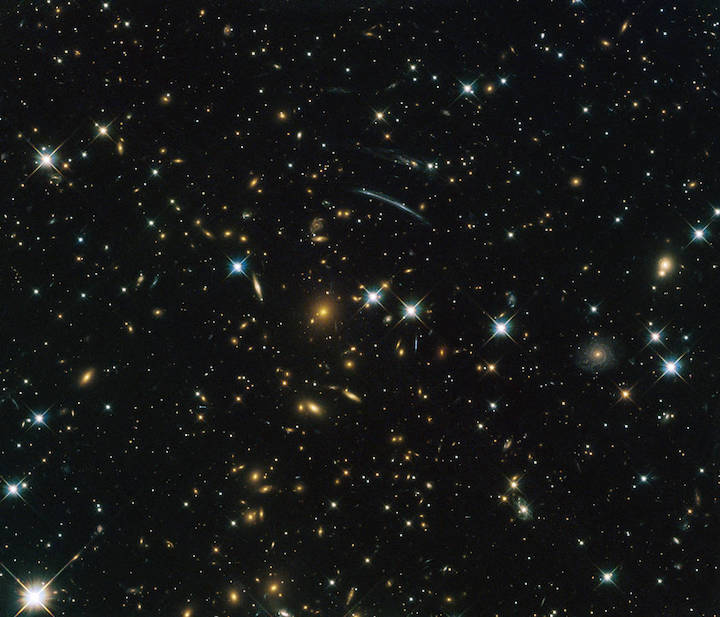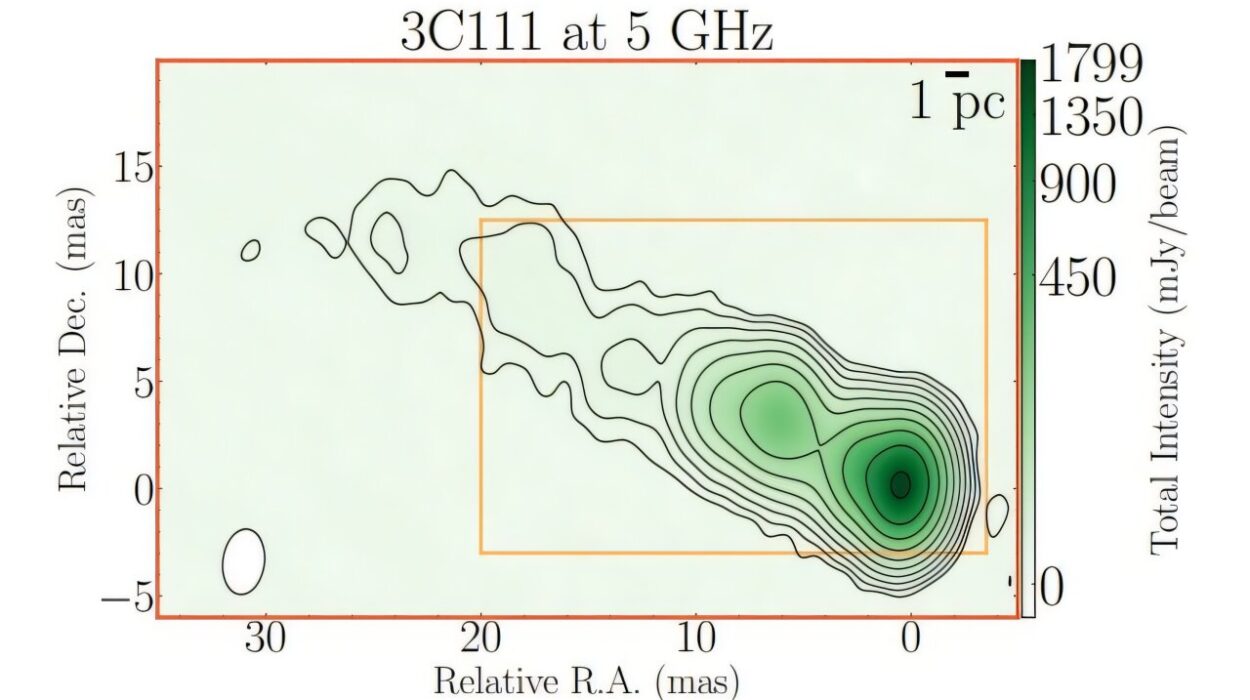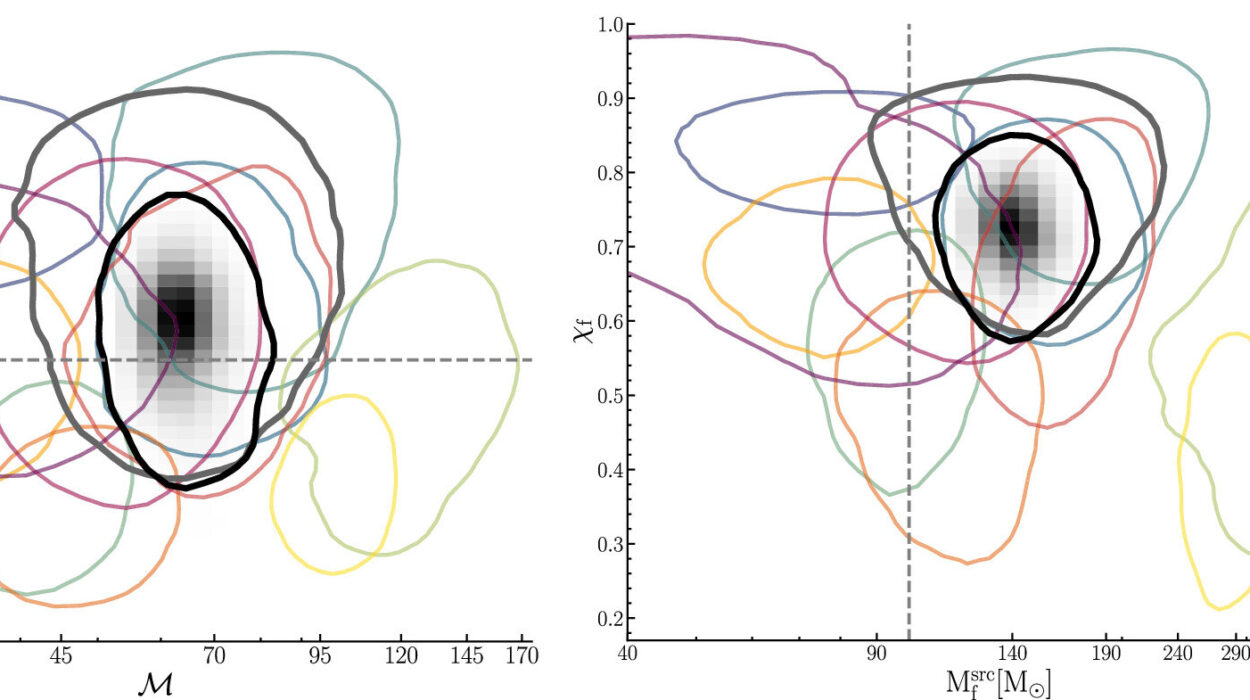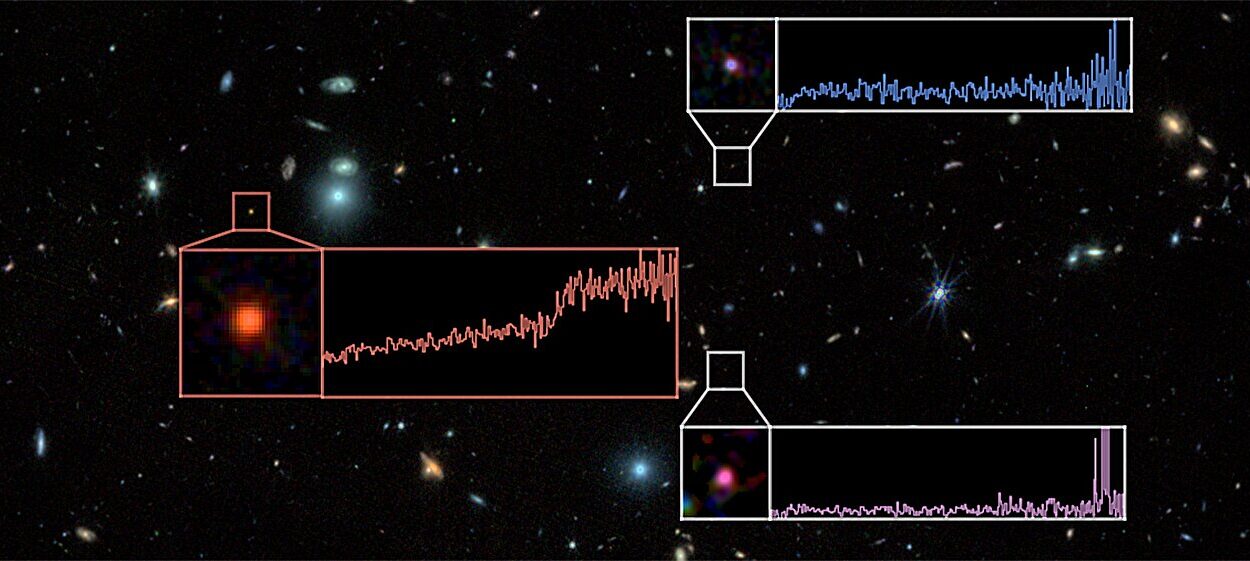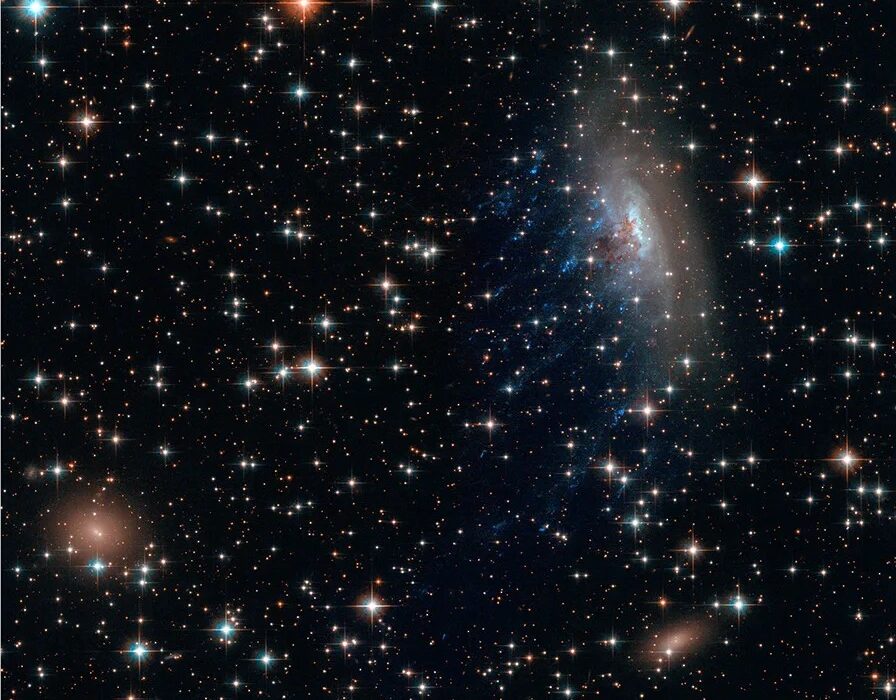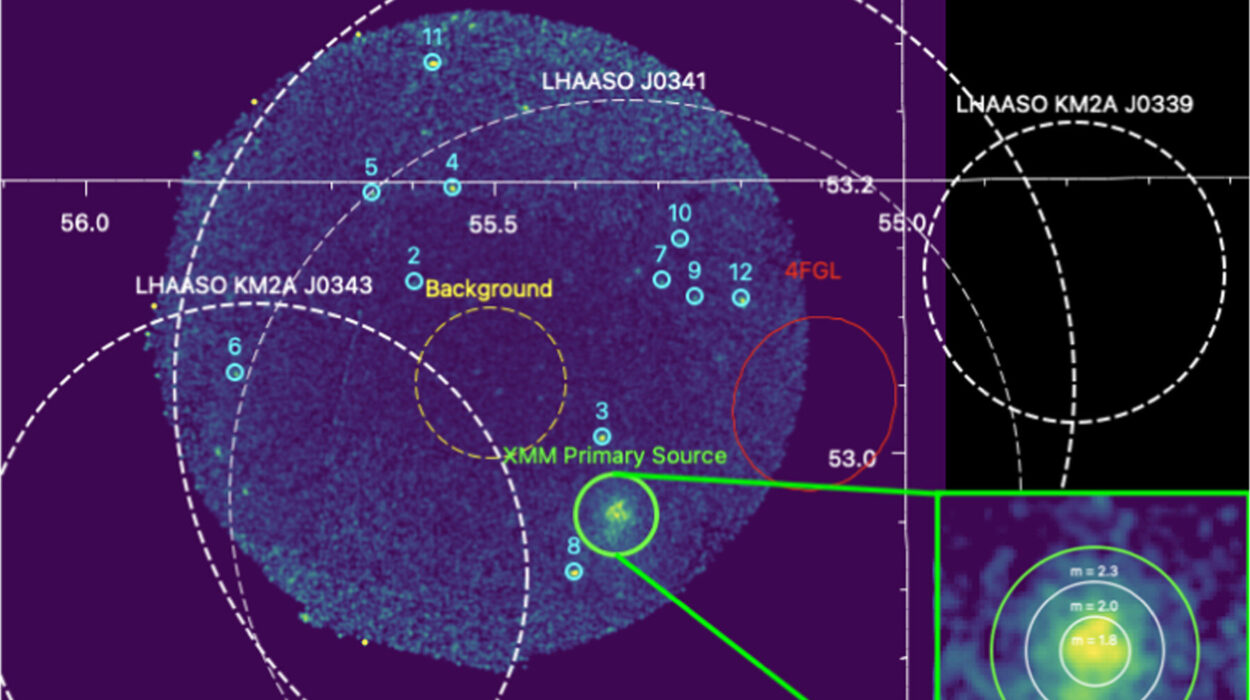When we gaze up at the night sky, we’re not just looking across distance—we’re peering back in time. The stars overhead are more than glittering specks; they are ancient lanterns, many of which have traveled for years, centuries, or even millennia to reach our eyes. But how do we measure such staggering distances? The answer lies in one of the most fascinating and misunderstood units in all of science: the light year.
Contrary to what many assume, a light year is not a measure of time. It’s a unit of distance—an attempt by astronomers to quantify the vastness of space in terms that reflect its unimaginable scale. But to truly appreciate what a light year is, and what it tells us about the universe, we must take a journey of our own. One that spans from Earth’s backyard to the edges of the observable cosmos.
What Is a Light Year, Really?
Let’s begin with the basics. A light year is the distance that light travels in a vacuum in the span of one Earth year. Since light is the fastest thing in the universe, moving at a blistering pace of approximately 299,792 kilometers per second (or about 186,282 miles per second), it covers a truly vast distance in just one year.
Multiply that speed by the number of seconds in a year—roughly 31.5 million—and you get the grand total: one light year equals about 9.46 trillion kilometers (or about 5.88 trillion miles). That’s not a number that fits easily into everyday experience. To put it into perspective, light could circle the Earth over seven times in just one second. A light year takes that incredible speed and stretches it out over a full year’s journey.
This unit was created not to baffle, but to help astronomers make sense of the otherwise incomprehensible distances between stars and galaxies. It’s not just a useful tool—it’s a necessity when your measurements start to exceed billions of kilometers.
Why Do We Use Light Years Instead of Kilometers?
You might wonder: why not just stick with kilometers or miles? The answer comes down to practicality. While kilometers work just fine for measuring things here on Earth—or even across the Solar System—they quickly become unmanageable when dealing with the cosmos.
Take Proxima Centauri, the closest star to our Sun. It’s located roughly 4.24 light years away. In kilometers, that’s about 40 trillion kilometers. While that number is accurate, it’s so large that it becomes difficult to grasp or use efficiently. Light years simplify the math and put things into a form that better expresses how vast space truly is.
It also helps connect distance with time. When we say a galaxy is 100 million light years away, we’re not just saying it’s far—we’re saying we’re seeing it as it was 100 million years ago. That dual meaning is what makes light years such a poetic and powerful unit in astronomy.
The Speed of Light: Nature’s Ultimate Speed Limit
To understand light years, you must also appreciate the nature of light itself. Light doesn’t just travel fast—it defines the cosmic speed limit. Nothing can move faster than the speed of light, according to Einstein’s theory of relativity. This isn’t just a suggestion or a technicality; it’s a fundamental rule of the universe.
This limit creates a kind of natural boundary around what we can observe. Because light takes time to travel, we can only see things as they were, not as they are. If a star is 10 light years away, its light took 10 years to reach us, and we’re seeing it as it was a decade ago. If a galaxy is a billion light years away, we’re looking a billion years into the past.
This is one of the most mind-bending concepts in modern science: to look deeper into space is to look further into history. Telescopes like Hubble and the James Webb Space Telescope are not just peering across great distances—they are time machines, capturing ancient light that has traveled across the cosmos to reach us.
Light Years Within the Solar System
While light years are essential for measuring interstellar distances, they’re far too large for practical use within our own Solar System. To give you a sense of scale, light takes just over 8 minutes to travel from the Sun to Earth. That’s about 150 million kilometers—far by human standards, but a blink of an eye on a cosmic scale.
The outer planets, like Neptune, are still well under a light day away. In fact, the entire Solar System—if you count the heliosphere, the region dominated by the Sun’s solar wind—is only a couple of light days across. The Voyager 1 spacecraft, launched in 1977, is currently over 22 billion kilometers from Earth, but even that is only about 0.0023 light years away.
In essence, nothing within our planetary neighborhood is even close to a single light year in distance. That shows just how vast a single light year truly is.
The Nearest Stars: Measured in Light Years
Proxima Centauri, part of the Alpha Centauri system, is the closest known star to Earth besides the Sun. It’s about 4.24 light years away. That means if you could travel at the speed of light—which we currently cannot—it would take you more than four years to reach it.
To put that in perspective, the fastest spacecraft ever built, the Parker Solar Probe, travels at around 700,000 kilometers per hour. At that speed, it would take over 17,000 years to reach Proxima Centauri.
Even the closest stars, then, are far beyond the reach of current technology. The distance expressed in light years isn’t just a curiosity—it’s a stark reminder of our isolation in the vastness of space.
Galaxies and Deep Time
Beyond the stars of our galaxy lie the galaxies themselves, each one containing billions or even trillions of stars. The Andromeda Galaxy, the closest spiral galaxy to the Milky Way, is about 2.5 million light years away. That means the light we see from Andromeda tonight began its journey long before the first humans ever walked the Earth.
Look even further, and the numbers grow staggeringly large. Some galaxies visible with powerful telescopes are over 13 billion light years away. These are some of the earliest galaxies to form after the Big Bang. We are seeing them not just as they were billions of years ago, but as they were when the universe itself was in its infancy.
This interplay between distance and time means that the observable universe—the part we can see—is a kind of shell. We’re at the center, not because Earth is special, but because light must travel to us to be seen. The universe beyond what we can observe may be even more vast, but it’s hidden behind the barrier of time itself.
Parallax and the Measurement of Light Years
How do astronomers measure such vast distances? For nearby stars, one method is parallax. As Earth orbits the Sun, nearby stars appear to shift slightly against the background of more distant stars. By measuring this tiny shift, astronomers can calculate the distance using simple geometry.
The baseline for this measurement is the diameter of Earth’s orbit—about 300 million kilometers. From that baseline, the tiny angular shifts of nearby stars can be used to triangulate their distance, often expressed in parsecs (one parsec equals about 3.26 light years).
For more distant stars and galaxies, astronomers use other methods, such as standard candles—objects like Cepheid variables or Type Ia supernovae that have known luminosities. By comparing their actual brightness to how bright they appear from Earth, scientists can calculate how far away they are.
Each method of measurement has its range and limitations, but together they allow astronomers to build a ladder of distances, stretching from our Solar System to the edges of the known universe.
Seeing the Past in Real Time
When you look up at the night sky, you’re seeing a mosaic of different eras. The Moon’s light is about 1.3 seconds old. The light from Sirius, the brightest star in the night sky, is about 8.6 years old. The Orion Nebula, a favorite of backyard astronomers, is roughly 1,344 light years away, meaning its light left the cloud of gas and dust during the Middle Ages.
Even our own galaxy is filled with ancient light. The Milky Way’s center is about 27,000 light years away, and any observation of it shows us a time long before human civilization began.
This means the universe we observe is a dynamic archive. Every photon of light carries a timestamp from its origin. Astronomy, in this sense, is not just the study of space but the study of history written in light.
The Edge of the Observable Universe
So how far is far? The observable universe has a radius of about 46.5 billion light years. That may seem paradoxical, given that the universe is only about 13.8 billion years old. But due to the expansion of space itself, distant galaxies have moved further away in the time it took their light to reach us.
This means we can observe objects that are now far beyond 13.8 billion light years away. The light they emitted billions of years ago is just now reaching us, but they themselves may now be in completely different positions—or even beyond our observational reach forever.
The cosmic horizon, defined by the limits of how far light can travel in the age of the universe, marks the boundary between what we can and cannot observe. Beyond that horizon lies a universe we can never see—not because it’s too far, but because its light hasn’t had time to arrive.
Interstellar Travel and the Tyranny of Distance
Science fiction often imagines starships leaping from system to system in a matter of minutes or hours. In reality, interstellar travel poses immense challenges. Even if we could reach a fraction of the speed of light, journeying to the nearest stars would take decades or centuries.
Projects like Breakthrough Starshot aim to send tiny probes to nearby stars at speeds approaching 20% of light speed. Even then, a trip to Proxima Centauri would take over 20 years—and the spacecraft would be the size of a postage stamp.
The distances involved mean that even communication becomes difficult. A message to a star system 10 light years away would take 10 years to arrive, and another 10 years for a response. The dream of galactic exploration remains, for now, firmly in the realm of the imagination.
Light Years and Human Perspective
In everyday life, we measure distance in meters, kilometers, or miles. These units make sense when dealing with cities, countries, or even planetary scales. But the universe operates on a grander canvas. Light years are an attempt to scale our understanding to fit that vastness.
Still, the enormity of these numbers can be alienating. How do you emotionally grasp what five trillion miles means? Part of the magic of astronomy is not just understanding these figures intellectually, but feeling their awe.
Standing under the stars, knowing that some of their light began its journey long before humanity was born, we can feel both small and immense at once. Small, because we are a fleeting speck in a vast universe. Immense, because we can comprehend that vastness, give it names, and measure it in the footsteps of light.
Conclusion: A Journey Measured in Light
The light year is more than a unit of measurement—it’s a symbol of our place in the cosmos. It ties together distance and time, motion and memory, presence and absence. It reminds us that everything we see in the night sky is a message from the past, a whisper carried across the vacuum by the fastest travelers in the universe.
By understanding what a light year is, we come to understand more than just astronomy—we begin to see our universe as it truly is: enormous, ancient, and deeply interconnected. From the nearest stars to the edge of the observable universe, light years mark the milestones of a journey we are only just beginning to understand.
So the next time you look up, remember: those points of light are more than stars. They are echoes. They are history. They are time travelers. And we, lucky inhabitants of a blue planet, are their audience.
